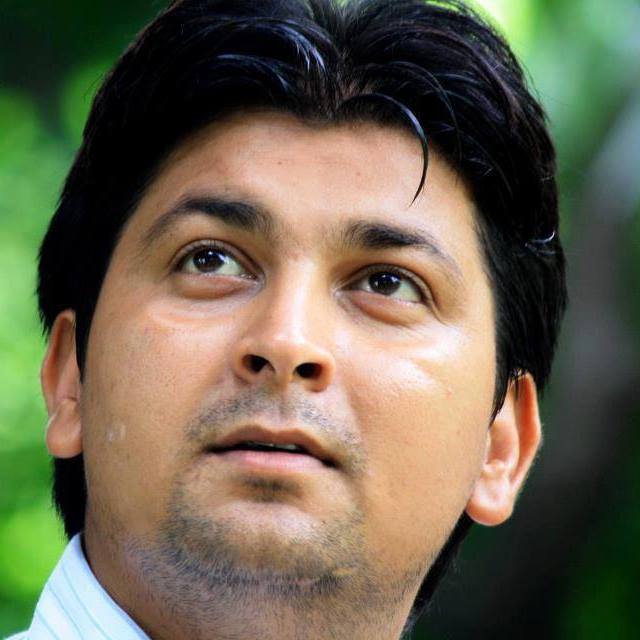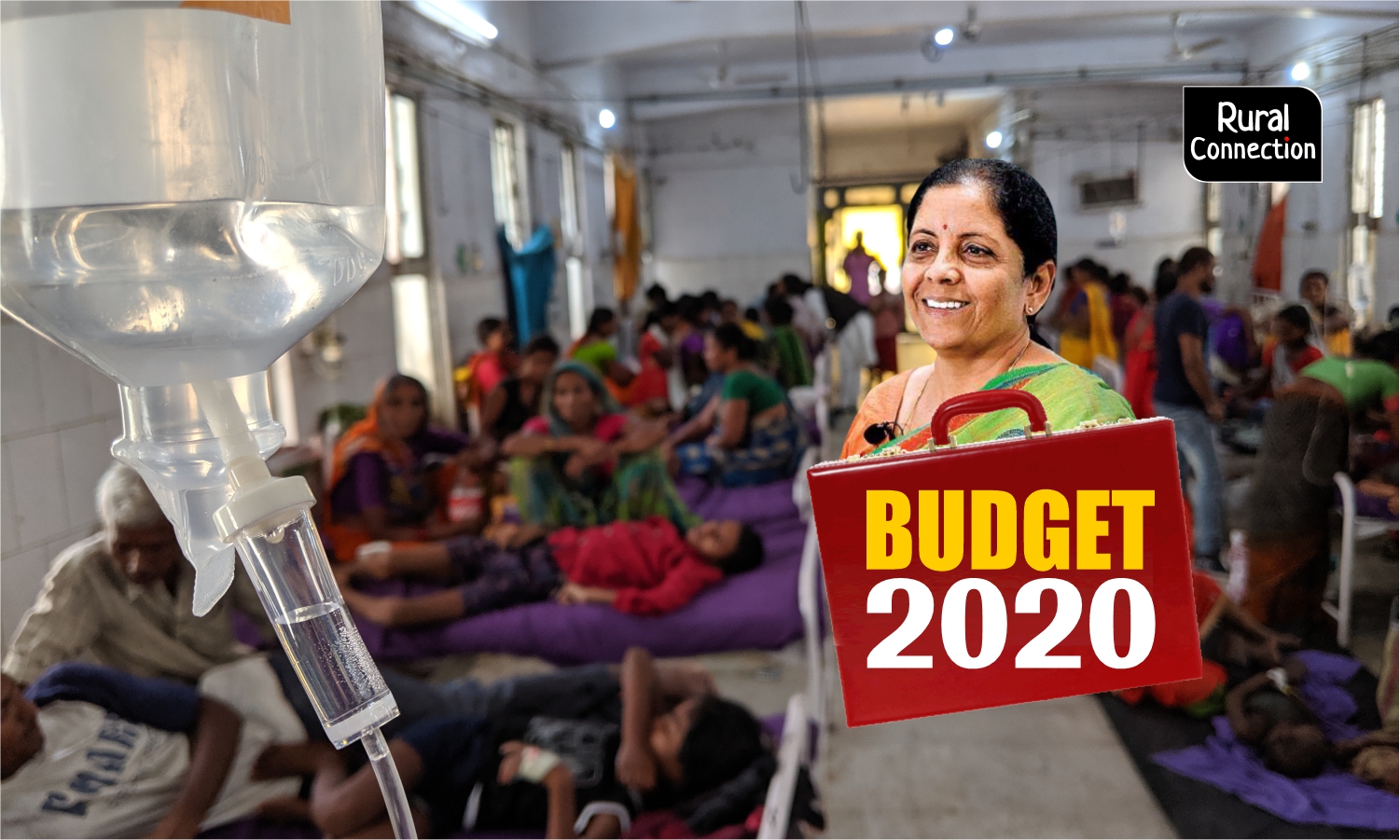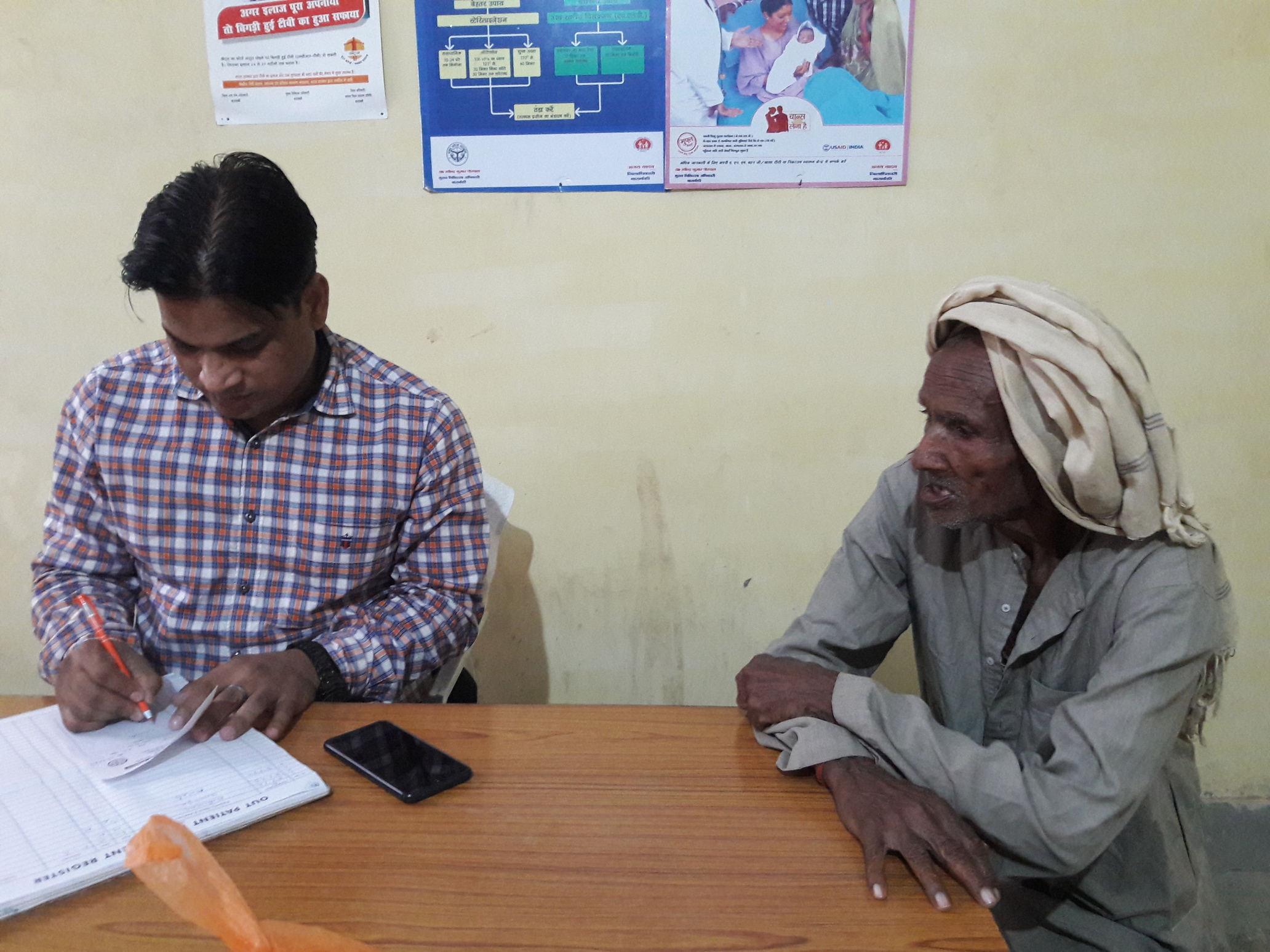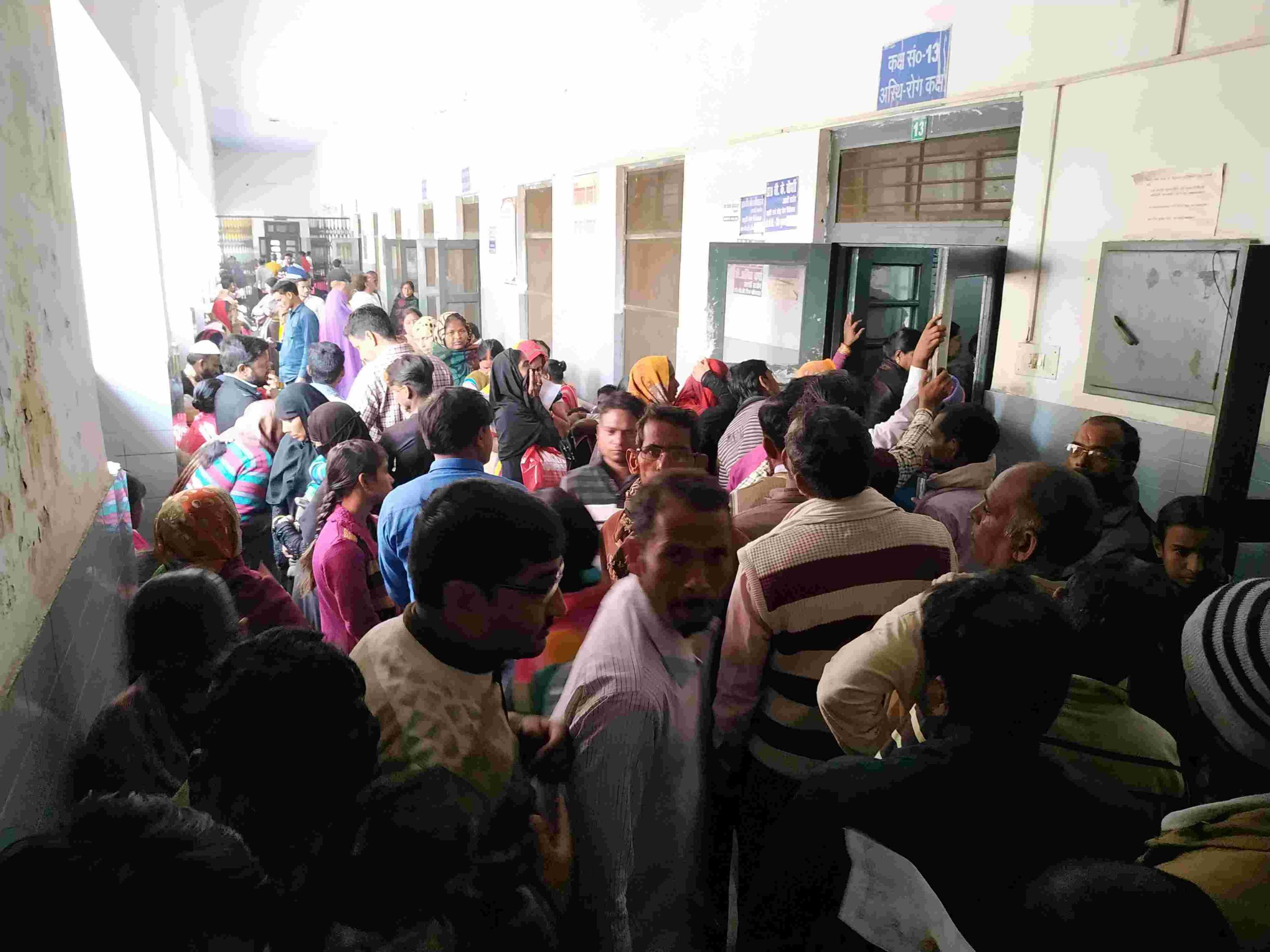The deplorable healthcare sector in rural India suffers from a fund crunch, needs urgent fixing
The rural India suffers a highly skewed doctor-patient ratio. The primary health centres are in a pathetic condition. Is the Union Budget going to address these issues?


Amid the long queues in government hospitals and rising expenses of private hospitals, all eyes are on the Budget. Will there be any special arrangement in the Budget to improve the condition of primary health services?
As per the ‘National Health Profile 2018 ‘report, there are 7,39,024 beds in 37,725 government hospitals in the country. There is only one allopathic doctor for about 10,000 people. According to the World Health Organization (WHO) standards, there should be one doctor per 1,000 people.
Despite the deplorable condition of primary health centres and the highly skewed doctor-patient ratio, India spends only 1.4 per cent of its total GDP (gross domestic product) on health services. The standard of health services budget at the global level is considered to be 6 per cent of the GDP.
“There is an acute shortage of doctors in the country, due to which the general public is made to suffer. The government is also opening up large hospitals instead of increasing the number of doctors. Who will treat the patients when there is a dearth of nursing staff and doctors? The government needs to provide a lot of emphasis on primary health. Unless basic health services are strengthened, nothing can be put right,” said Dr Narayan Prasad from the Department of Nephrology at the Sanjay Gandhi Postgraduate Institute of Medical Sciences in Lucknow.
Under the new National Health Policy implemented by the Central government in 2017, the average age has been targeted to be improved from 67.5 years to 70 years by 2025. Also, 2.5 per cent of gross domestic product (GDP) was targeted to be spent towards the health services. The budgetary allocation for the Department of Health and Family Welfare for the year 2018-19 was Rs 62,398 crore, which is 2.5 per cent higher than the revised estimate of Rs 51,550.85 for 2017-18.

Some special provisions will also have to be made in the budget to address the problems of the ‘foot army’, which is considered to be the backbone of primary health services. Unless the grassroots functionaries in the health sector are strengthened, there will be no good results.
“In fact, the message of public health in the country does not reach most people. Unless the frontline worker like ASHA, Auxiliary Nurse Midwife (ANM) and Anganwadi workers are activated, the benefit of any health scheme of the government can’t be availed by the rural strata. For this, the government should increase their salaries because they get very low salaries and a lot of work is piled upon them,” said Patralekha Chatterjee, a senior journalist who works on health issues.
An ambitious scheme like Ayushman Bharat was launched to provide better health facilities to the general public, but the attention to basic amenities was minimal. Even though the public health situation in India is very alarming, India is also named among the lowest spending countries in the health sector. India is also lagging behind its neighbours in terms of expenditure in the health sector. We are lagging behind countries like Maldives, Bhutan and Sri Lanka who spend 9.4 per cent, 2.5 per cent and 1.6 per cent of their GDP, respectively, on health services.
Babita Devi, 45, an ASHA worker, who works at Noorpur Behata in Gosaiganj block of Lucknow in Uttar Pradesh, talked to us about the conditions under which ASHA workers, considered to be the backbone of primary health services in villages, have to work. She said: “Whichever may be the government scheme, it is handed over to us. Even before a scheme is initiated by us properly, the other one is sent our way. Despite working day and night, we still have to face the villagers’ ire.”
She added: “We are so busy looking after others that we are not able to take care of our own health. Even after doing so, we do not get salaries. We are paid incentive based on the number of patients hospitalized by us.”
Another ASHA worker, Lalabai, who lives in Lalganj village in Shahdol district of Madhya Pradesh, also talked about poor payment despite a heavy workload.
“I have the responsibility of three villages. The distance from one village to another is four kilometres. I have to hire an autorickshaw for commuting, but I don’t even get the transportation allowance. I spend on my commute out of my pocket. The government must at least look into our commute,” said Lalabai over the phone.
Anupriya Patel, the Minister of State for Health, while presenting the health expenditure for the past three years in 2018, had said that 1.5 per cent of the GDP was spent on health in 2016-17. Similarly, in 2015-16, 1.4 per cent and in 2014-15, 1.2 per cent was spent on health.

“The common man’s faith upon the government health services is declining. When they are sick, they are forced to go to private hospitals. In the health sector, we spend very little money. Only by spending at least five per cent of the GDP can the situation be brought under some control,” said Dr Arun Garde, representative of the Association of Doctors for Ethical Healthcare, an institution working in the field of public health. “There is a huge shortage of qualified doctors, paramedical staff and resources in the country. All this is happening, to some extent, due to lack of money,” he added.
“The government needs to pay great attention in improving the health sector. It should focus on providing better healthcare facilities to every citizen of the country. Medical education needs to be further improved. The government hospitals must be upgraded and equipped with all necessary medical testing facilities. This would be possible only when the health budget is improved. The hospitals in rural areas must be upgraded and the doctors to be provided facilities,” added Dr Garde.
In the year 2019, while covering the outbreak of Acquired Encephalitis Syndrome (AES) in Muzaffarpur in Bihar, Gaon Connection had revealed that many primary hospitals didn’t even have a glucometer to measure sugar levels.
What must the government do in its Budget to streamline the primary health care? “The number of doctors has to be increased, new hospitals have to be opened,” said Dr Vandana Prasad, director, Public Health Resource Network. “Unless the people of the country are healthy, the country cannot progress and prosperity would evade the country,” she added.
She explained: “Public health care in India is often questioned. There are recurrent cases of negligence in government hospitals. The other aspect is that our public health care system is inadequate for 1.3 billion people in India. Nevertheless, the government is not increasing the expenditure on health. In a country like India, at least three per cent of the total budget needs to be spent on health services.”
Experts recommend increasing the use of technology to take care of the health of 1.25 billion people. This will enable more patients to be taken care of in fewer resources.
Vikrant Singh, the chairman of the Finance and Economics Think Council at Banaras Hindu University, Varanasi, said: “Telemedicine in remote and most backward areas of the country can bring about a lot of improvement in the medical field by use of medical practices. At the same time, apart from the allopathic system of treatment, there should also be an emphasis on alternative medical practices available, such as Ayurveda, yoga, homoeopathy.”

